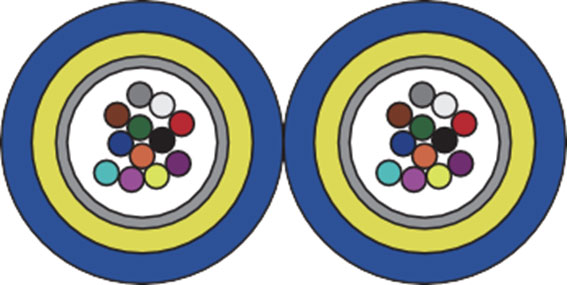

If the angle of incidence is greater than the critical angle, the refraction angle is now 90 degrees, and incident light can reflect on the medium.The incident ray of light is refracted so that it passes down the surface of the water at a specific angle of incidence known as the critical angle.As it moves from a medium with a higher refractive index to one with a lower refractive index, the refracted light ray bends away from the normal.At the interface that separates the two media, light rays will be refracted. A light ray travels from a water medium to an air medium and vice versa.When a light ray strikes an interface, it is reflected and/or refracted. When the incidence angle exceeds a predetermined limiting angle, known as the critical angle, the effect occurs. As the angle of incidence approaches the critical angle, the conditions of refraction can no longer be satisfied, resulting in no refracted ray and total reflection.The angle of refraction approaches 90° as the angle of incidence approaches a certain threshold, known as the critical angle, at which the refracted ray becomes parallel to the boundary surface.When waves are refracted from a medium with a lower propagation speed (higher refractive index) to a medium with a higher propagation speedįor example, from water to air-the angle of refraction is greater than the angle of incidence (between the incoming ray and the normal). In most cases, refraction is accompanied by partial reflection. If the waves are able to form a narrow beam, the reflection is usually described in terms of “rays” rather than waves in a medium with directionless properties, such as air, water, or glass, the “rays” are perpendicular to the associated wave fronts. TIR occurs not only with electromagnetic waves like light and microwaves but also with sound and water waves.


 0 kommentar(er)
0 kommentar(er)
